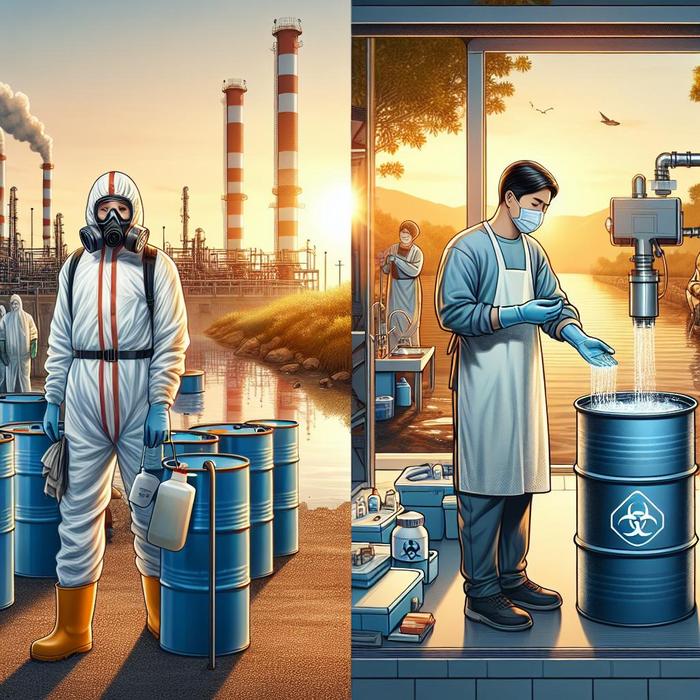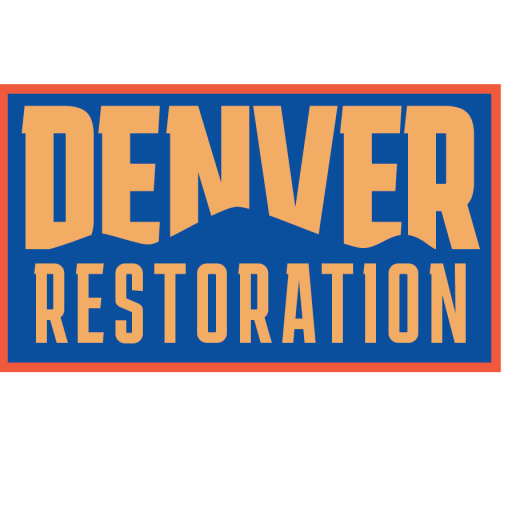Why Hygiene is Vital in Sewage Cleanup
The importance of maintaining proper hygiene during sewage cleanup cannot be overemphasized. Engaging in a hygienic sewage cleanup process not only ensures the health and safety of the cleanup team but also safeguards the affected area from potential health risk.
When dealing with sewage cleanup, the foremost concern is to eliminate any hazardous waste that might pose a threat to human health. Sewage waste can host a vast array of harmful bacteria and viruses which, if not handled correctly, can lead to severe health issues such as gastroenteritis, hepatitis A, and leptospirosis, amongst others.
Safe Cleanup Practices for Effective Sewage Management
When it comes to a safe and effective sewage cleanup, there are a few best practices to abide by to ensure a good job is done.
Initial Damage Assessment and Estimation
Before starting any cleanup process, it’s critical to meticulously assess the scale and severity of the damage. Damage assessment isn’t just about visual evaluation, it also covers areas like determining the potential health threats and structural dangers. A detailed guide on flood and sewer overflow cleanup by Illinois Department of Public Health provides a detailed procedure.
Adherence to Health and Safety Procedures
Safety is paramount. Cleanup crew members should wear appropriate protective gear, such as gloves, masks, and waterproof clothing, to prevent skin, eye, and respiratory system exposure. Regular handwashing with soap or sanitizer, especially after direct contact with the sewage, is critical. The EPA provides a great resource on how to protect indoor air and your health during flood cleanup.
Proper Use of Restoration Techniques and Equipment
Using reliable cleaning techniques and equipment can help speed up the cleanup process and minimize health risks. Equipment such as water extractors, dehumidifiers, and air movers can expedite the drying process and eliminate potential breeding grounds for bacteria and mold. For more about mold, you can check our previous post on the critical differences between mold and mildew.
Insurance and Legal Compliance
It’s crucial to keep insurance and legal compliance at the forefront of your cleanup plans to avoid future complications. Ensure all responsibilities are met, including obtaining necessary permits and following local regulations.
Remember, Communication is Key
Informing all parties involved about the progress of the cleanup process is crucial. Make sure to provide all necessary information, like safety guidelines, to homeowners, property managers, and business owners. Open lines of communication build trust and understanding, helping ease the stress of an otherwise traumatic situation.
In conclusion, managing sewage cleanup operations in a hygienic manner is not just about cleanliness, it’s about the health and safety of all those involved. Therefore, always prioritize a hygienic and safe cleanup practice. Remember, a safe cleanup practice is a successful cleanup practice.
For more detailed insights related to water, fire and mold damage, stay tuned to our website as we continue to share vital and timely information within the damage restoration niche. Our article on the best mold-resistant paints in the market is one of several comprehensive resources available to you. As always, our primary mission is to ensure your living spaces are safe, healthy, and comfortable.
Recover from Property Damage: The Critical Role of Water Damage Restoration
Water damage is a common occurrence in homes, offices, and other properties, and its effects reach far beyond material losses. Water damage can compromise indoor air quality and pose a serious health threat in the form of mildew, mold, bacteria, and other pathogens that thrive in moist conditions.
Water Damage Management: Essential Stages
Restoring a property that has suffered water damage is anything but simple. Fortunately, professionals in this field have the resources to handle these situations efficiently and effectively.
Detecting Water Damage for Early Intervention
Timely detection of water damage is crucial in minimizing losses and fast-tracking the healing process for your property. Early signs to look out for include damp patches on walls, a musty odor, peeling paint, and sagging ceilings. These signs point out the need for a professional evaluation and intervention, which helps provide an effective solution. Here are some useful tips on how to remove water stains from a ceiling that has absorbed moisture.
Importance of Water Extraction
Extracting water as fast as possible from the affected area significantly reduces the risk of structural damage and mold growth. Highly trained professionals should carry out this process using state-of-the-art equipment that incorporates temperature and pressure measurements for more efficiency.
Drying and Dehumidification Process
The next step after water extraction is drying up residual moisture from the exposed area. Proper drying and dehumidification prevent the growth of mold and other microbial life that poses a health threat. By using industrial-grade dehumidifiers and air-movers, professionals can speed up the drying process and restore the indoor climate to a healthy state.
Cleaning and Sanitizing the Area
After drying the area, comprehensive cleaning and sanitary precaution need to be initiated to restore the hygienic conditions of the environment. This helps to eliminate the potential health risks that come with water damage. Specialized cleaning treatments will ensure that mold and bacteria are eradicated.
Final Restoration Stage
The final stage in the water damage restoration process aims at fully restoring the property to its previous state. This will often involve minor repairs, like installing new carpets, replacing drywall, painting, or even major ones such as the reconstruction of various rooms or areas in the property.
Fire Damage Restoration: Salvaging, Cleaning, and Restoring
Fire damage, while hugely devastating, does not signal the end of a home or property. Fire restoration involves a series of systematic processes, geared towards salvaging what’s left and restoring the property to its pre-fire condition.
Surveying Fire Damage
The process of fire damage restoration begins with an initial survey of the affected area to assess the extent of the damage. This investigation includes checking for any structural damages, locating spots heavily affected by soot and smoke, and strategizing on the best action and restoration plan.
Evaluating Smoke and Soot Residues
Fire leaves behind smoke and soot that can stain surfaces and leave a lingering smoke odor. Identifying the types of smoke used can help determine the best cleaning method for the job as different types of smoke residues may require various cleaning approaches. You can find out how to remove smoke smell from a house after a fire here.
Salvaging and Cleaning
This stage involves the use of professional cleaning equipment and products to wash off smoke, soot, and dust from walls, hard surfaces, and other areas. Salvageable materials are saved and restored, while others that are beyond repair get discarded.
Deodorization and Air Filtering
An important part of fire damage restoration process is the elimination of all smoky smells and the creation of clean air within the structure. By using advanced deodorization and air filtering procedures, restoration professionals can effectively make your place inhabitable again.
Structural Repairs
Finally, a restoration company should be able to execute structural repairs needed to restore a property to its full function. This includes replacing drywall, painting, installing an entirely new roof, and even a complete reconstruction of a severely damaged section of the house.
Engaging the Services of a Restoration Specialist
No matter the type or extent of the damage caused to a home or a business establishment, engaging the services of a competent and professional restoration company is essential. These experts have the requisite skill, experience, and state-of-the-art equipment to restore your property.
A look at some of our practical and comprehensive guides like how to effectively remove smoke odor from carpet gives you a vivid picture of the depth of our expertise and wealth of knowledge within the damage restoration niche.
In conclusion, damage can leave property owners feeling distressed and overwhelmed, but with the right help, it can be effectively managed. In our commitment to maintaining safe, healthy, and comfortable living spaces, we will keep sharing vital information to help those faced with these situations stay informed and prepared.

